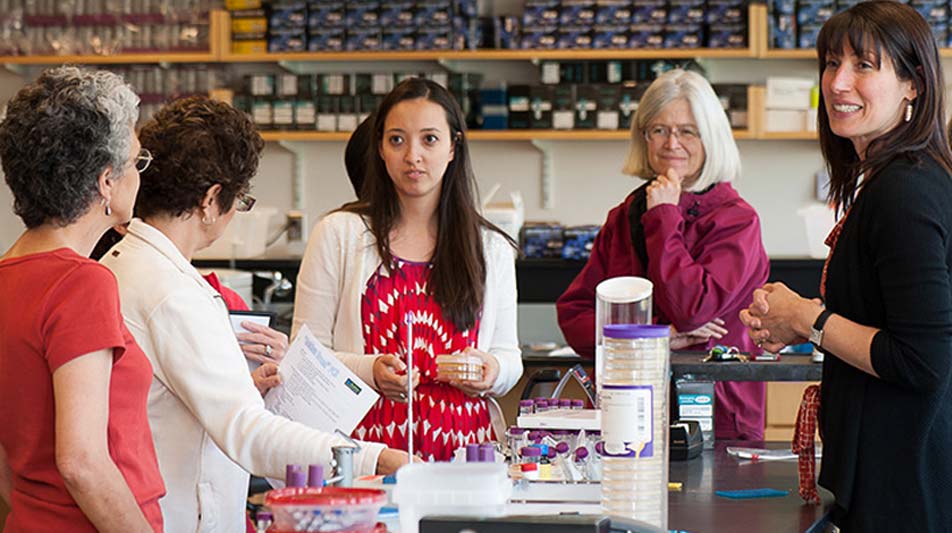The BioBuilder Curriculum
Each component of this curriculum focuses on different, but related, aspects of biology and synthetic biology. We provide a wide range of open-source materials for teachers to lead hands-on labs and in-class activities. Our curriculum is modular and can be taught completely, in any order, or as an individual exercise to supplement an existing program based on student interest, content knowledge and skill level.

In this lab, normally stinky smelling bacteria are made to smell sweet, like bananas. You can learn to grow microbial cells, measure their growth, analyze their genes on a molecular level, and learn basic synthetic biology concepts related to system design and logic gates.
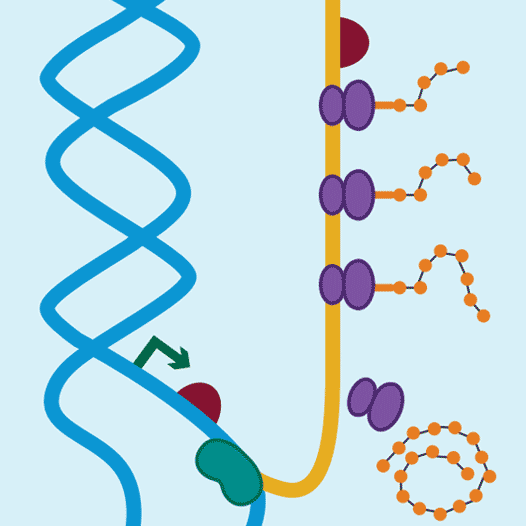
This lab focuses on predictable design. You can learn to assess the strength of genetic “parts,” such as promoters and ribosome binding sites, to see how they influence the output of a genetic device.
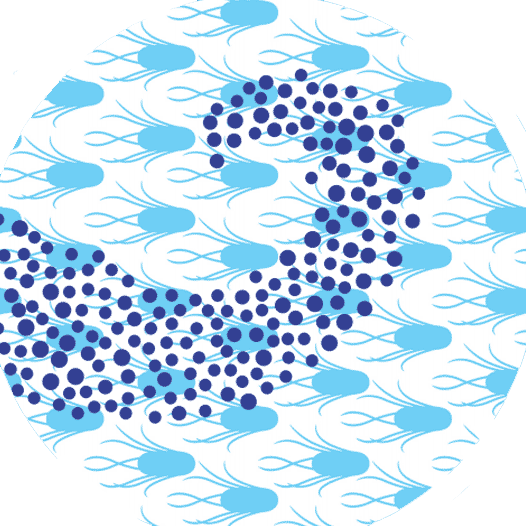
Modeling and design of a genetic circuit is presented through three activities. You’ll learn how a two component sensing system can be modeled and then re-engineered to produce bacterial photographs.

In this lab, two cell types are transformed with two color-generating plasmids, a process that is fundamental to genetics and inheritance lessons, molecular biology, and research examining DNA and gene expression.
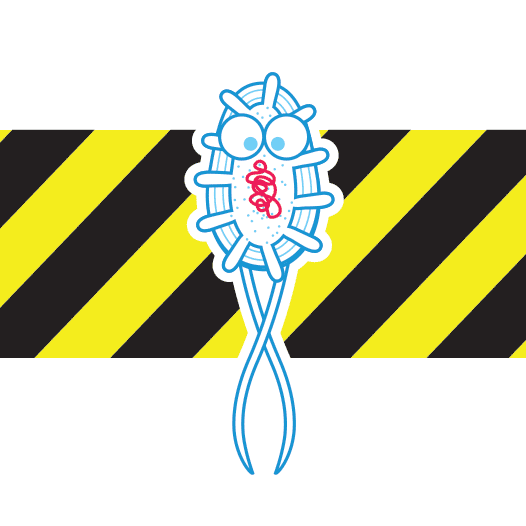
Synthetic biology has only recently emerged as an engineering discipline. Students are asked to weigh in on the question: Do the potential contributions to society warrant the potential risks inherent in synthetic biology?

Combining your understanding of science, some engineering know-how and lots of imagination, you will propose a design for a genetic system that could make a significant contribution to life on earth.
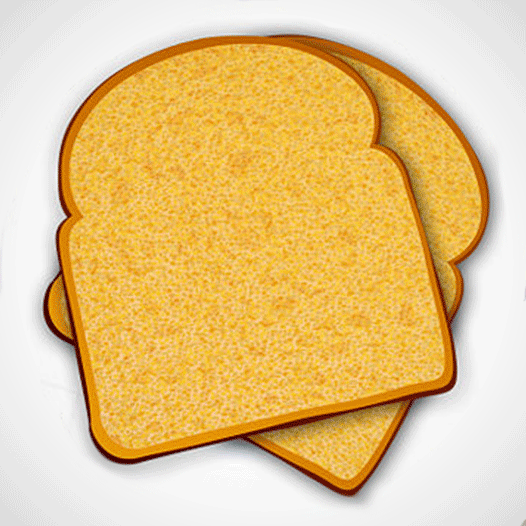
With this lab you can explore the science, engineering, and bioethics of a yeast that’s genetically modified to make a vitamin-enriched food. Explore how the cell’s “break,” how to fix them, and what they might do in locations where Vitamin A-deficiency affects public health.
